Volvo has chopped the roof on its electric XC40 Recharge SUV to create the more stylish C40 Recharge. It shares a lot with the XC40 Recharge, including its all-electric powertrain. The C40 Recharge is 2.2 tonnes which is a hell of a lot of weight which may not come as a huge surprise as it’s a crossover but it’s an electric crossover and EV’s tend to be heavy anyway due to the batteries. So just how much energy does it take to move it?
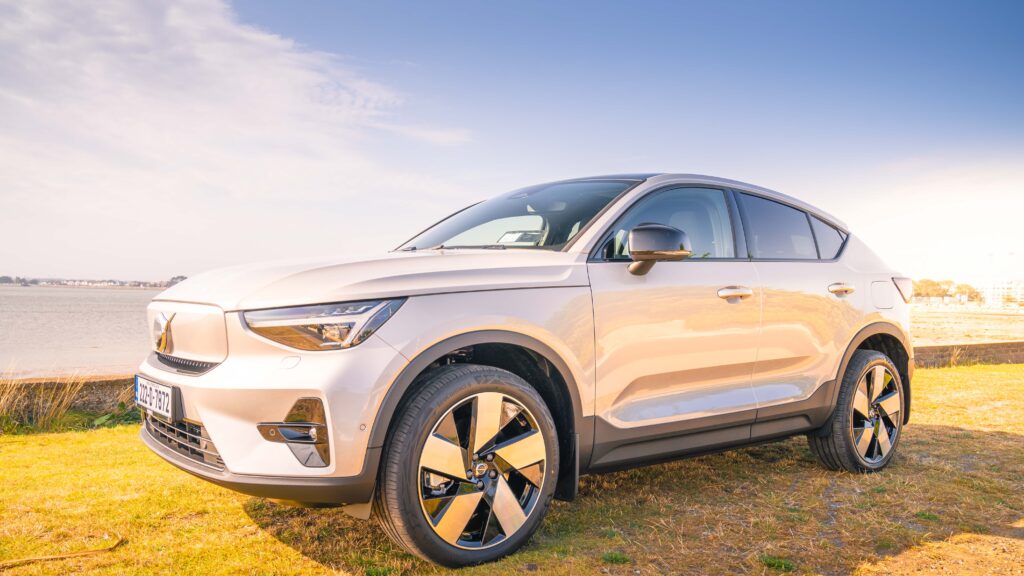
Special mention : Stylish looks, beautiful cabin design, use of modern materials throughout. Harman Kardon stereo is excellent and Bluetooth/Media hooks up seamlessly. Love how it starts up without fuss.
Needs work : Slow charging is slow, range isn’t bad but could be better, rearward visibility is reduced and the sloping back window really obscures the view which is compensated for with the cameras. It’s an odd sensation to just get out of a car and not ‘turn’ it off. You can power it off, but you don’t have to.
| BHP 231 | Electric / Auto |
| 0-100 km/h in 7.4 seconds | Road Tax €120 |
| Price: €58,730 As spec’d with SEAI grant: €53,980 | Boot space 414 litres |
As SUV’s go, it’s an attractive looking car and the C40 Recharge boasts some serious figures even with the single motor and that 2.2 tonnes (the same weight as an Audi S8). From the 75 kilowatt hour battery, you’ll get around 440 km of range which isn’t bad but there’s always room for more, especially if stuck with slow charging, it can be a little inconvenient time wise. It costs €58,980 for Ultimate spec with heat pump (or €53,980 after the SEAI Grant) and if you like, you can go through the entire purchase process online.
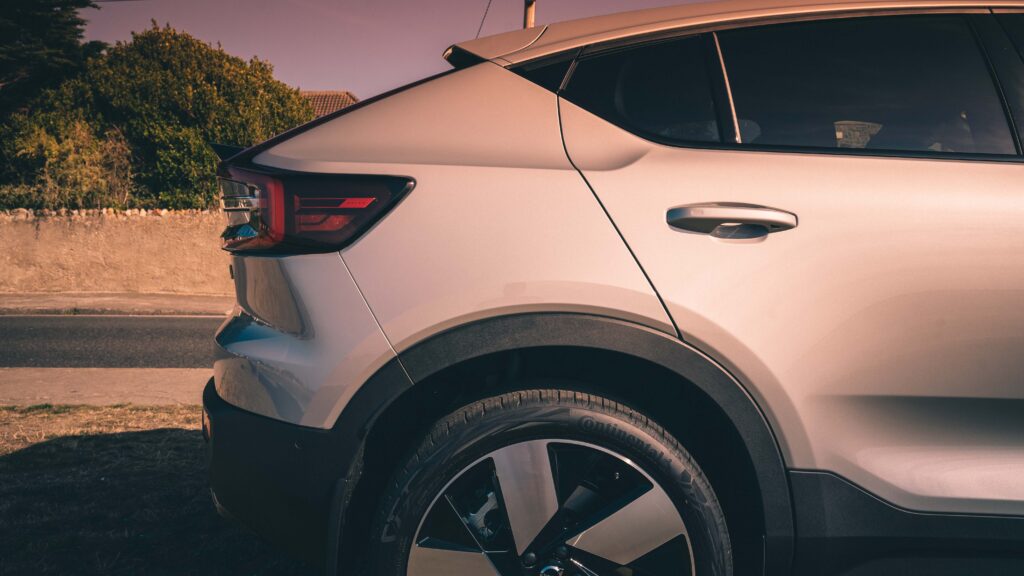
The Volvo C40 is available with single motor (front-wheel drive) and twin motor (four-wheel drive) set-ups. The three available trim levels are Core, Plus and Ultimate (Core models are only available with the single motor). It’s possible to charge from 10 to 80 percent with 150kW DC fast charging (CCS2) in around 28 minutes. And home charging from 0 to 100 percent with 11kW AC fast charging (Type 2) 3-phase 16A, takes around 8 hours at least.
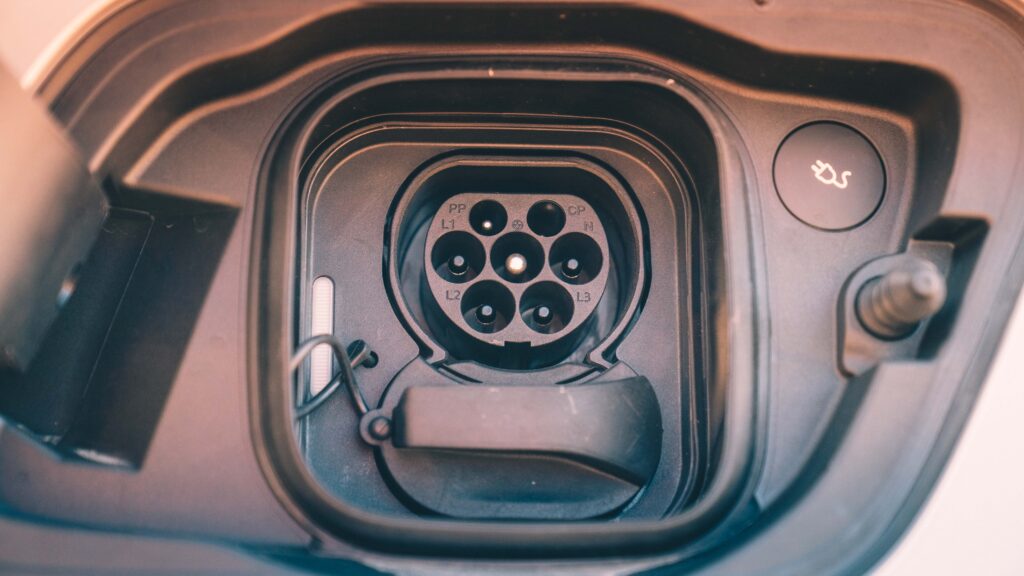
The C40 has always been a family hatchback, the new C40 Recharge is a coupe crossover version of the XC40 Recharge. It’s got the same front end as the XC40 including a high bonnet line with some sharp looks at the front but unlike the XC40 there’s a blank grille which lets the general public know that this is an EV.
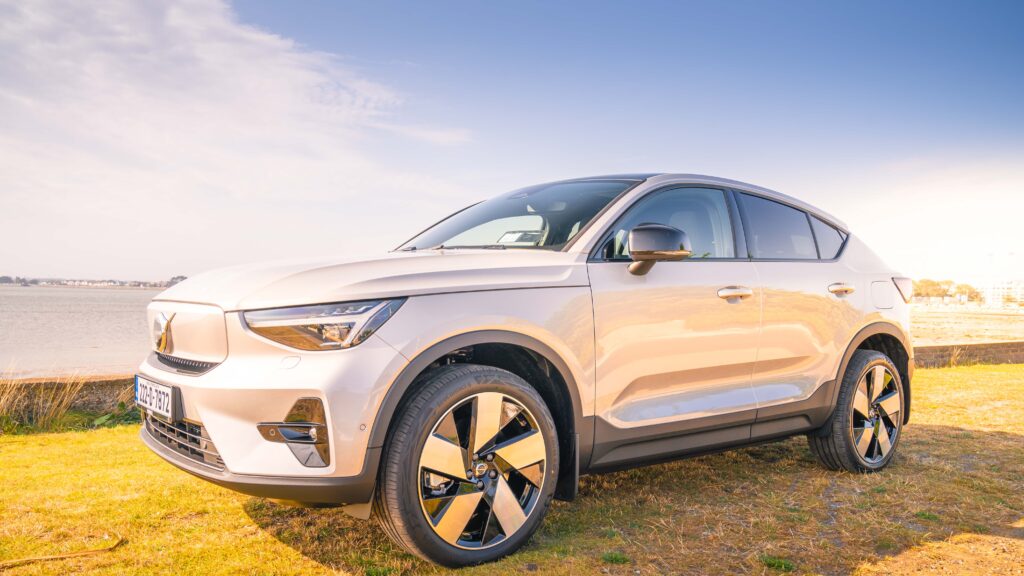
The cabin is similar to what you get on the XC40 Recharge, right down from the vent design, the screens and even the steering wheel. If you go for the C40 Recharge there’s a new topography trim level. When you run your hand over the dashboard, you can feel the topography of a terrain. It’s quite arty and really very nice and also there’s no leather in the car, everything that you see in the cabin is leather free, you’ve got faux leather at the side of the seat and on the steering wheel. It all feels high quality and you also have suede in the centre of the seats.
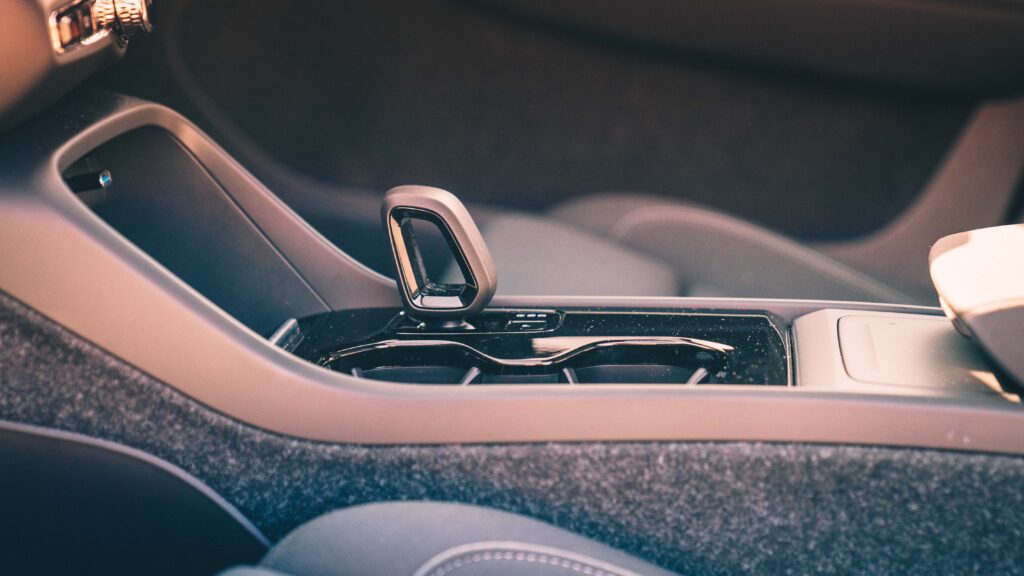
The Google based infotainment system is responsive, sharp and intuitive to use. The nine-inch portrait touchscreen runs Androids Automotive software, which means instead of using Volvo’s own sat nav system, you’re now using Google Maps and is capable of receiving over-the-air software updates. We’ve found the new interface to be more responsive than Volvo’s outgoing Sensus system, but the on-screen buttons are smaller and more difficult to actuate while driving. Also as part of the Android OS, it means that more apps will be available for download through the Google Play Store. A digital gauge display and a premium Harmon/Kardon stereo system are also both included.
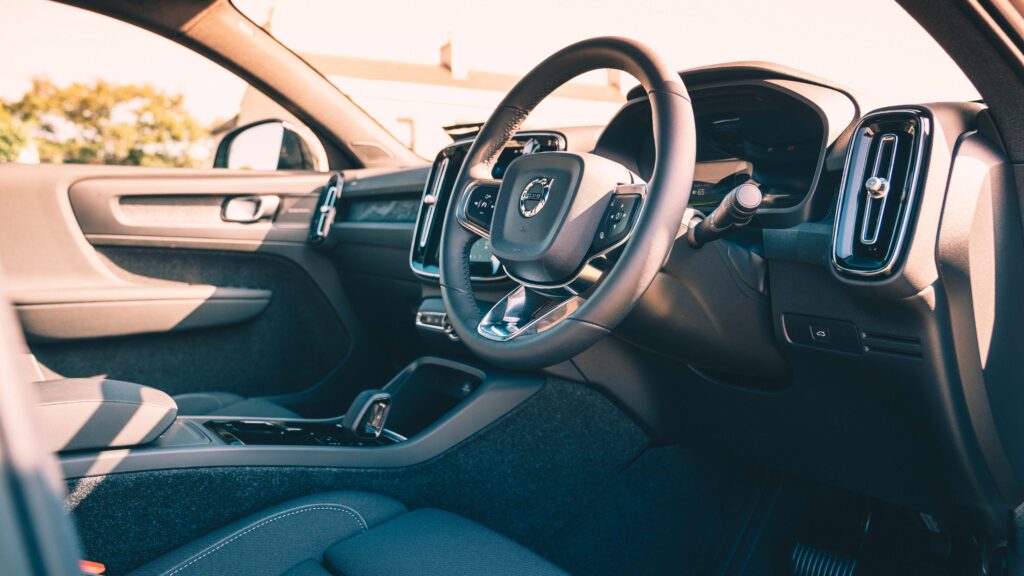
The biggest change is this new coupe-like roofline and when you sit inside, the sloping roof does cut into headroom a little bit but still has plenty of room. If you need more rear space for larger adults, in that case you’d want to go for the XC40 Recharge. Legroom is pretty decent with a tall driver in front, there’s a fair bit of knee room and the back is quite bright and airy when you’ve optioned the panoramic roof.

As for the rest of the proportions, the C40 Recharge is pretty much exactly the same as the XC40 Recharge as it’s on the same platform. It’s not just the roof line that’s different, it has a sleeker silhouette but is actually 69 millimetres lower than the XC40. The rear lights are vertical led tail lights at the top and the horizontal lines light up at night. There’s a tiny little lip spoiler and two indents on the roof for that sportier look. The C40 may look good but unfortunately the sleekness has had an effect on the boot space which is only around 414 litres. This is quite a bit less than the 452 litres available on the XC40 Recharge and also it’s not as spacious as Audi’s Q4 e-tron which has over 500 litres. It’s by no means a small boot, if you do move a lot of luggage around you’re probably going to want to lean more towards the Audi for that extra bit of boot space unless you add a trailer where you can add an extra 1800 kg of weight to the C40. There is also some under floor storage to hide away the cables and there’s also a frunk. It’s not the biggest frunk out there but is big enough to store the charging cables.
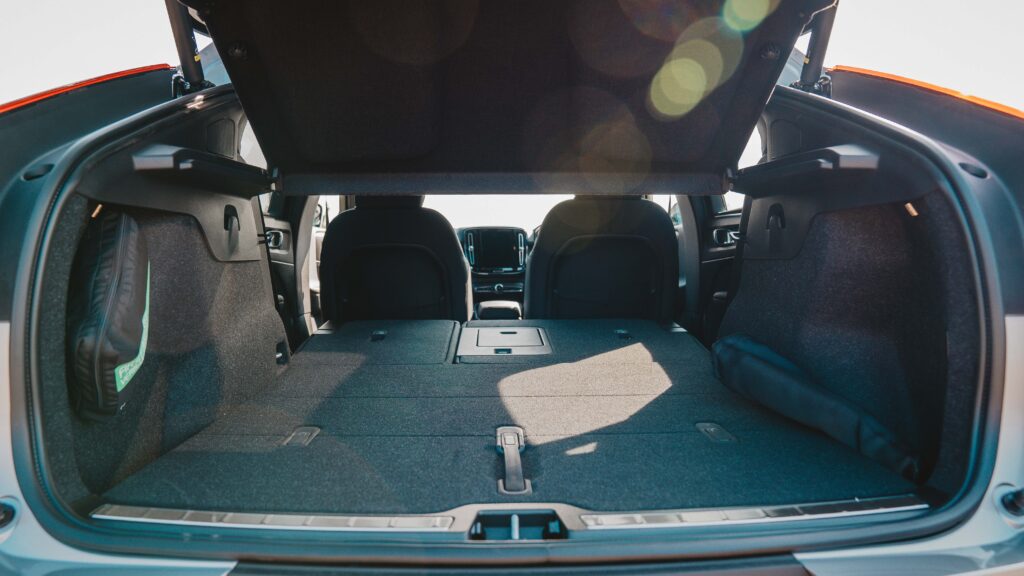
Using the one-pedal driving mode, the C40 will come to a complete stop and hold until the accelerator is pressed again. You can turn the one-pedal driving mode on and off, I much prefer the more natural feel of driving with it off but this comes at an energy loss. What really stands out is how fast it is, especially as it’s been designed as a family crossover. It can get from 0 to 100 kms per hour in 7.4 seconds. On the surface it doesn’t feel massively compromised, it’s really fast in a straight line but the suspension is softly sprung and there’s such a nice steering feel (which you can change the setup of from stiff to lose within the menus).
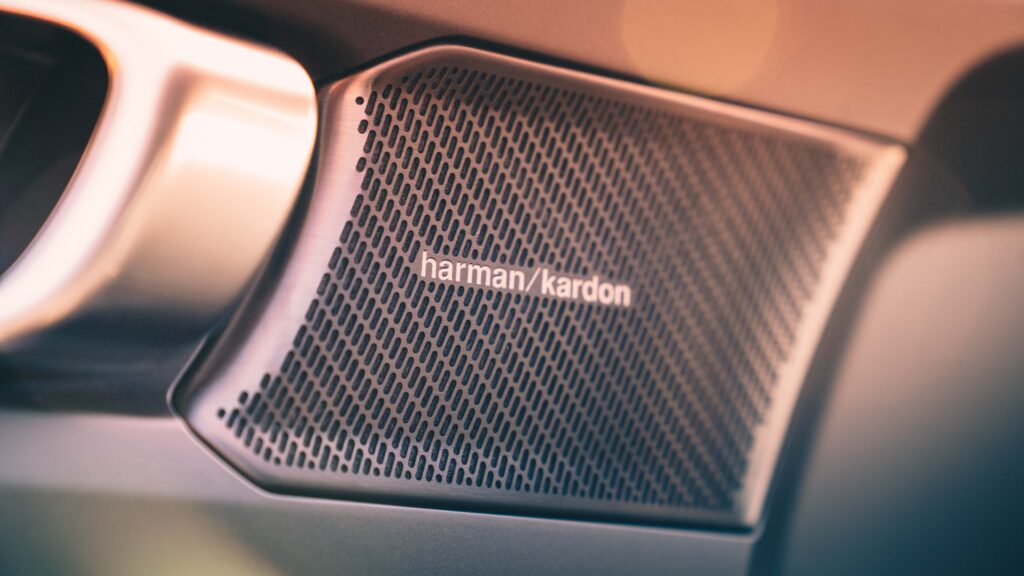
I really enjoyed the fact it’s driver oriented and takes the lead from Polestar. If you want something a bit more relaxed with less driver focused ambitions and coupe looks you could probably go for the Audi Q4 E-Tron Sportback. Less stylish, and more expensive is Ford’s Mustang Mach-E which has great pace in GT form. If you wanted an even more stylish and performance-focused EV then you should look at the Polestar 2.
